In Photos: The Power of Poison Through Time
Emperor Qin
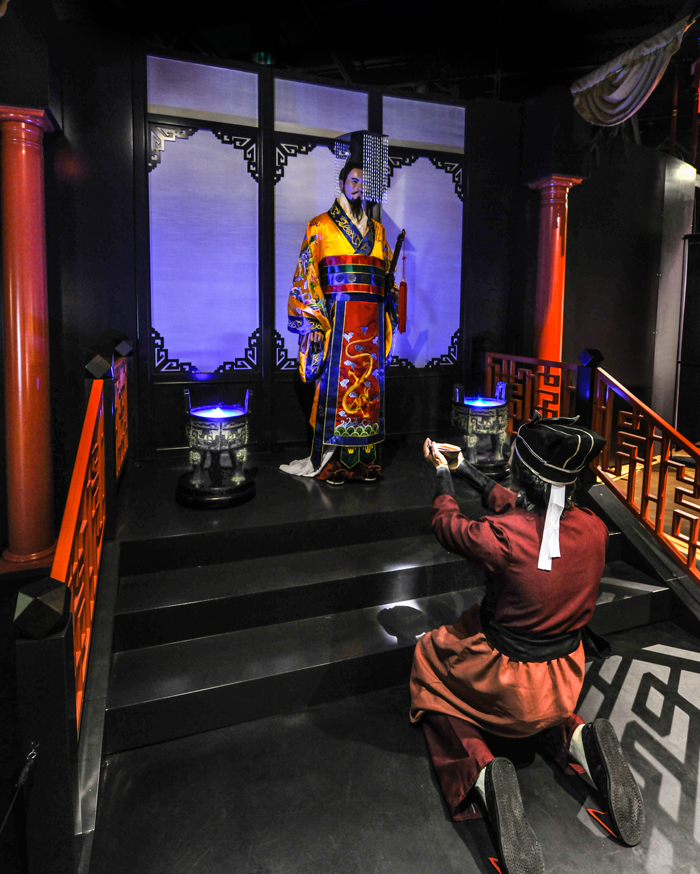
This diorama illustrates the traditional tale of China’s first emperor, who is said to have ingested mercury to gain immortality. Instead of extending Qin’s life, the mercury might well have killed him.
Mad Hatter’s tea party
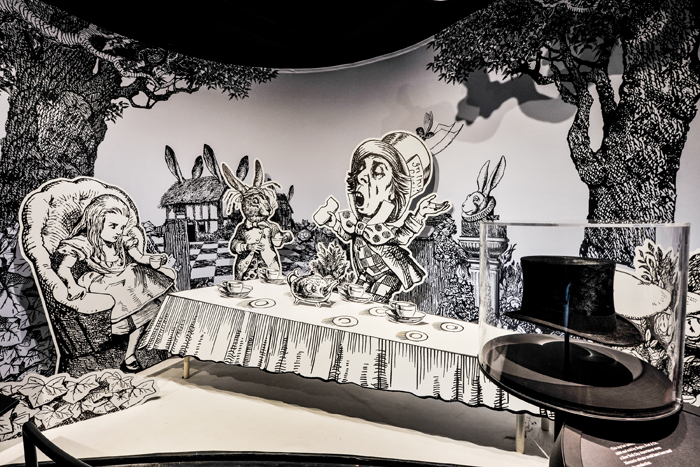
In the classic children’s book Alice’s Adventures in Wonderland, Alice encounters a tea party hosted by a nonsensical and irritable hat-maker. Some hat-makers from the 1700s through the early 1900s really did behave as if insane, due to the long-term exposure to mercuric nitrate, a poisonous compound used in hat-making. Symptoms included tremors, pathological shyness, and extreme irritability. This tragic occupational hazard gave rise to the expression “mad as a hatter” in the 1800s.
Enchanted Book
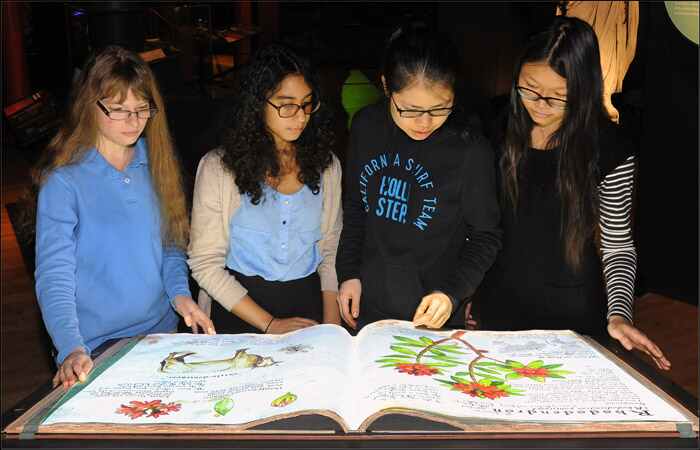
This “enchanted” book, which resembles an ancient botanical volume, displays animations of well-known poisonous plant species, including belladonna and monkshood. Moving illustrations “magically” appear with each turn of the page along with origin myths and annotations explaining how these plants were used in the past.
Greek Urns
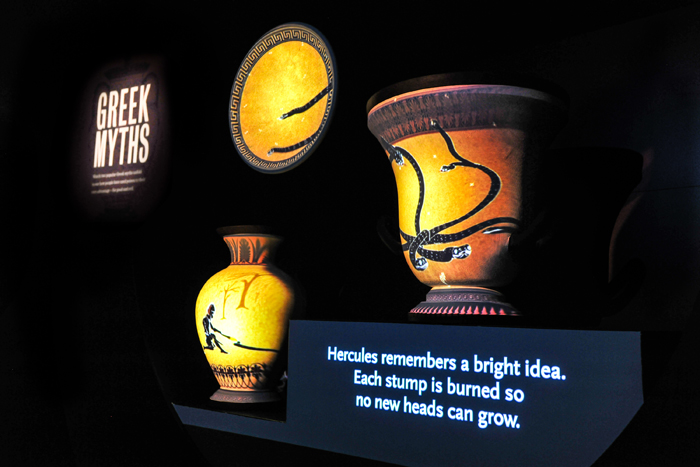
The myth of Hercules and the Hydra is animated and projected onto ceramic Greek urns illustrating how humans used poison both for good and evil purposes in the ancient world.
Lucrezia Borgia
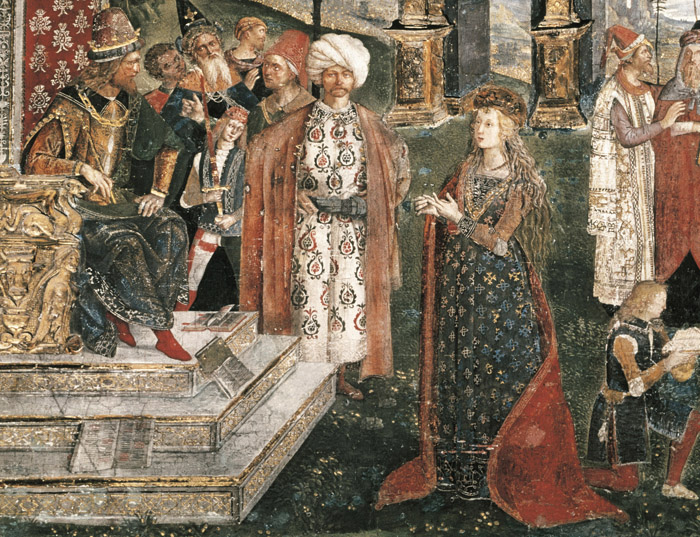
Lucrezia Borgia was a member of a prominent and dangerously ambitious family in Renaissance Italy. She was also an alleged poisoner who, according to contemporary accounts, wore a hollow ring with a stash of arsenic inside. Today, historians believe she may have been innocent, wrongfully blamed for the crimes of her treacherous family.
Cleopatra
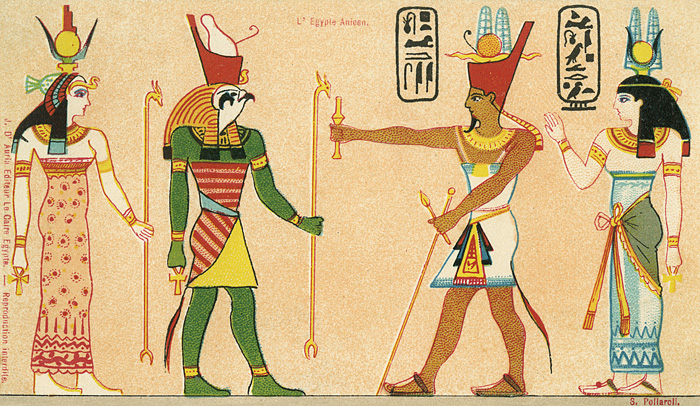
According to legend, Cleopatra, the last pharaoh of ancient Egypt, ended her own life by enticing an asp to bite her. The snake we now call an asp produces very painful—but rarely deadly—venom. The Egyptian cobra is a more likely candidate, as its venom is extremely deadly. But it would have caused a painful demise, with violent convulsions. Cleopatra’s was reportedly a quiet, peaceful death.
Napoleon Bonaparte
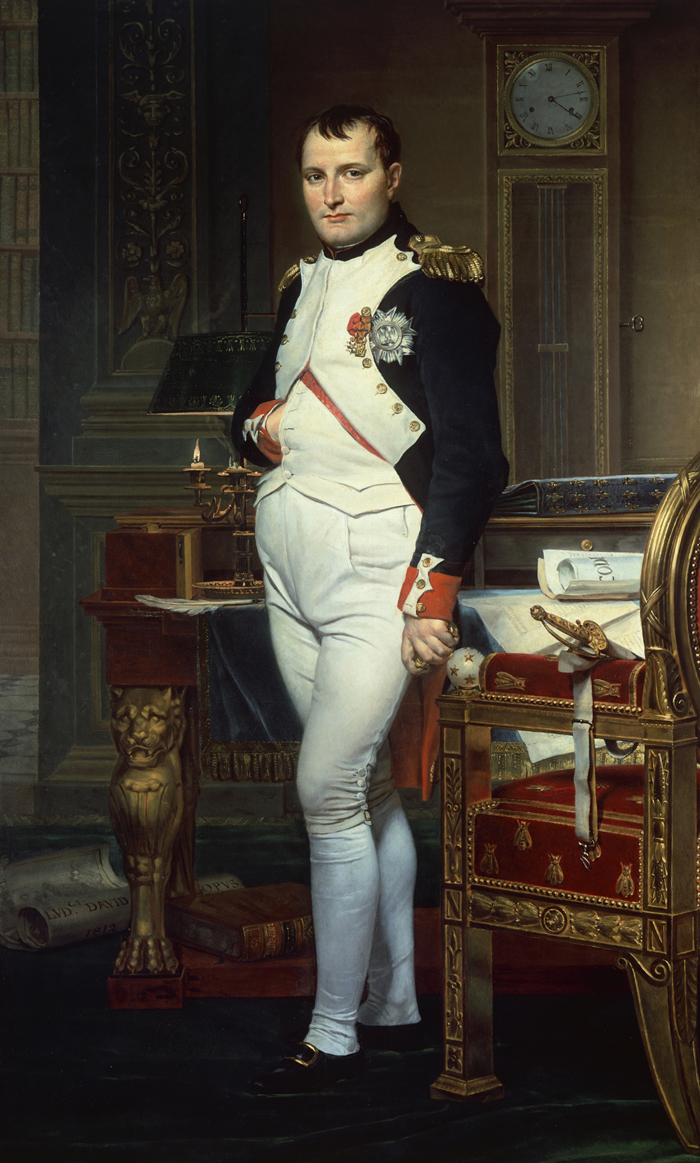
After a series of military defeats, Napoleon Bonaparte, famed general and emperor of France, spent his last years in exile on the island of St. Helena in the South Atlantic. Although he believed he was being poisoned by his British captors, an autopsy after his death pointed to stomach cancer. Researchers today still debate whether toxic metals may indeed have hastened his death.
Get the world’s most fascinating discoveries delivered straight to your inbox.
Gila monster (Heloderma suspectum)
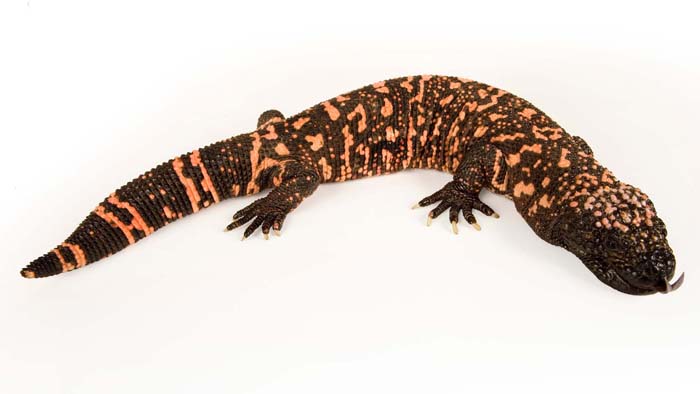
A component of gila-monster venom, which was found to stimulate insulin production and lower blood sugar levels, is now being used in a treatment for diabetes.
Chilean rose tarantula (Grammostola rosea)
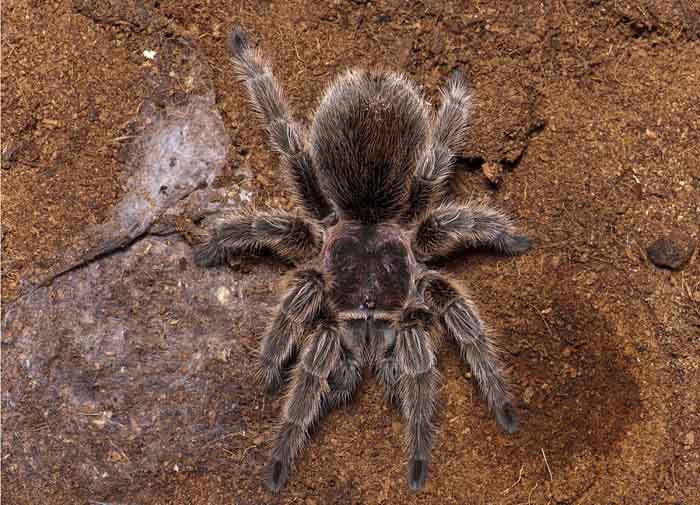
The venom of the Chilean rose tarantula contains a protein that seems to regulate heartbeat; some studies indicate it also might reduce pain and possibly be useful against muscular dystrophy. Despite a fierce appearance, this tarantula is generally harmless to humans and is even a popular pet.
Ocean allies
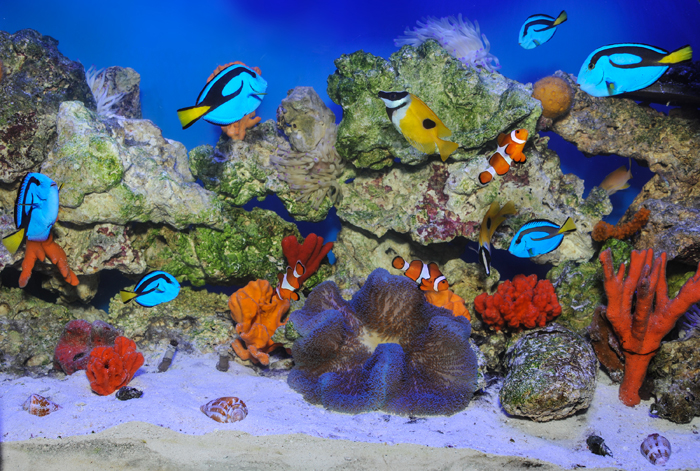
This aquarium may look pretty, but almost everything in it is toxic. Many sea creatures use chemical defenses to deter predators. Others, such as anemones, use poison to capture their prey. Thousands of marine invertebrate toxins could provide a rich source of potential medicines that treat problems from pain to Parkinson’s disease.



